For any gas analysis, the collection of sample gas from the pipeline is very important feature. The sampling system equipments should be able to continuously purify and deliver these gas samples to the gas analyzer.
As dust, Condensate and corrosive substance disturb the analysis and reduce the life of gas analyzers, so sampling system play a very important role.
Gas Analyzer Sample Probe
Sample probe is inserted half in a pipe line as shown in below figure. Ball valve / Gate valve is used for insertion and removal of the probe without disturbing the process. It’s have a probe gland which is tighten fully after insertion of the probes, for no sample leakage from sample point.
Sampling system :
we can divide into three parts:
- Primary sampling system
- Secondary sampling system
- Analysis System
Primary sampling system:
The sample gas from the process pipeline first enters the primary sampling system. Primary sampling system filters the gas using a high pressure filter. The filtered gas passes through a water cooled cooler which separate moisture present in the sample gas.
The separated moisture will be collected in the condensate vessel. The pressure of sample gas is reduced by a pressure regulator which has a inbuilt safety relief valve. Any over pressure is vented by the safety relief valve through a flame arrestor. After pressure regulator gas goes to secondary sampling system.
Note : Sampling System will change from vendor to vendor.
Equipment in Primary Sampling System :
Isolation Valve (BV01, BV02, BV03, BV04, BV05): Isolation valve is used to isolate the sample gas or cooling water.
Sample cooler (GC01): Sample cooler is used to cool the gas because of high temperature of sample gas. Sample cooler is made with SS material. Its consists coil tubing in which Cooling water will flow continuously and sample gas will flow parallely.
Condensate pot (CV01): Condensate port is used to collect the condensate / Moisture present in the sample gas.
High pressure filter (HF01): It will filters the gas and it blocks the dust and any solid substance present in the sample gas. It has 7 micron filter.
Pressure gauge (PG01): Pressure gauge is used to show the pressure of sample gas.
Pressure regulator (PR01): Pressure regulator is used to reduce the pressure of sample gas as we set the outlet pressure to 1 kg/cm2 . Pressure regulator also consist a safety relief valve which is open when outlet pressure cross the set pressure.
Flame Arrestor: Flame arrestor act as safety device by preventing flammable gases from burning back to the supply source in case of accidental ignition.
Secondary Sampling system:
The secondary sampling system has a fast loop system to decrease the response time of the total system. The conditioned sample gas from the primary sampling system enters the secondary sampling system. The condensate traps further separate any leftover moisture.
The fast loop over flow is vented through flow meter and flame arrestor to atmosphere. All equipment consist in secondary sampling system already discussed above.
Analysis System :
The conditioned sample gas from the secondary sampling system enters the analysis system. The sample gas passes through a five way valve and goes to a membrane filter.
The membrane filter has an inbuilt filter which further filters the gas . After the membrane filter the gas goes to the analyzer through a flow meter. The flow should be set at 55-65 LPH. The gas after analysis is vented to the atmosphere.
Equipment in Analysis Sampling System:
5 way valve: 5 way valve is used for selection of gas inlet to the analyzer. For Normal Operation, sample gas is connected to the analyzer. During Zero gas calibration, Zero gas is selected and for span gas calibration, span gas is selected.
- 1st valve is connected to sample gas.
- 2nd valve is connected to zero gas.
- 3rd valve is connected to span gas.
Membrane filter: Membrane filter consist a paper filter which absorb condensate if any presence in any sample gas .
Flow meter: Flow meter is a Rota meter with regulator. Regulator is used to regulate the flow to the analyzer inlet.
Daily routine:
Following routine job should be carry out .
- Every day drain the condensate pot.
- Check the pressure and flow readings of sample gas.
- In every 7 days check the paper filter for any moisture presence.
- Every month clean the high pressure filter.
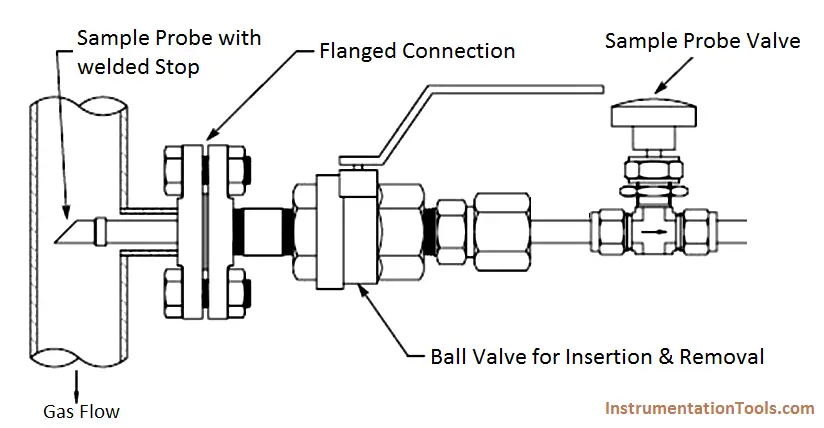
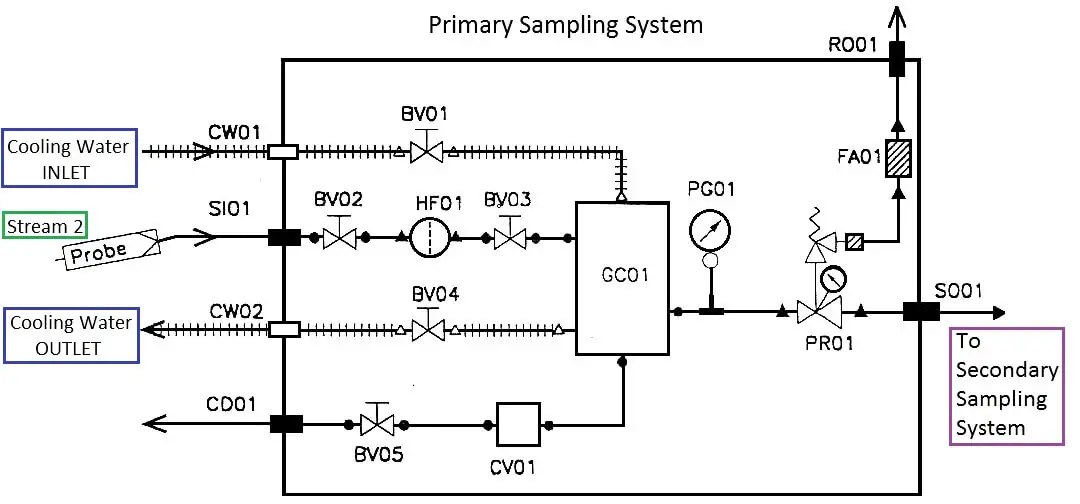
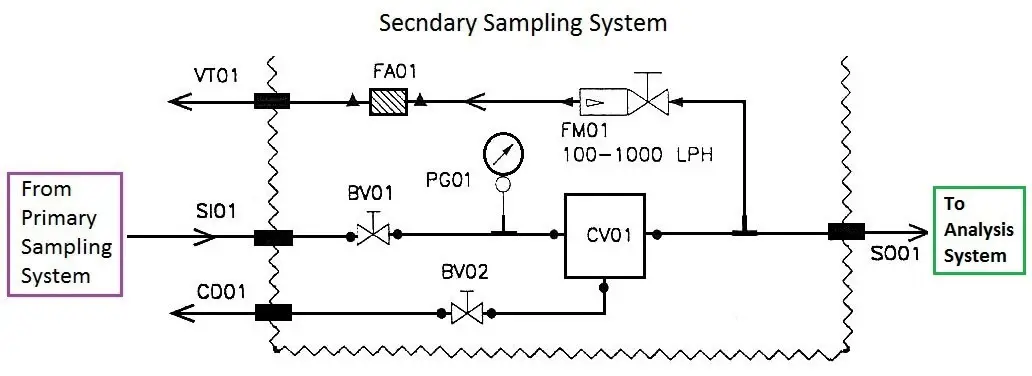
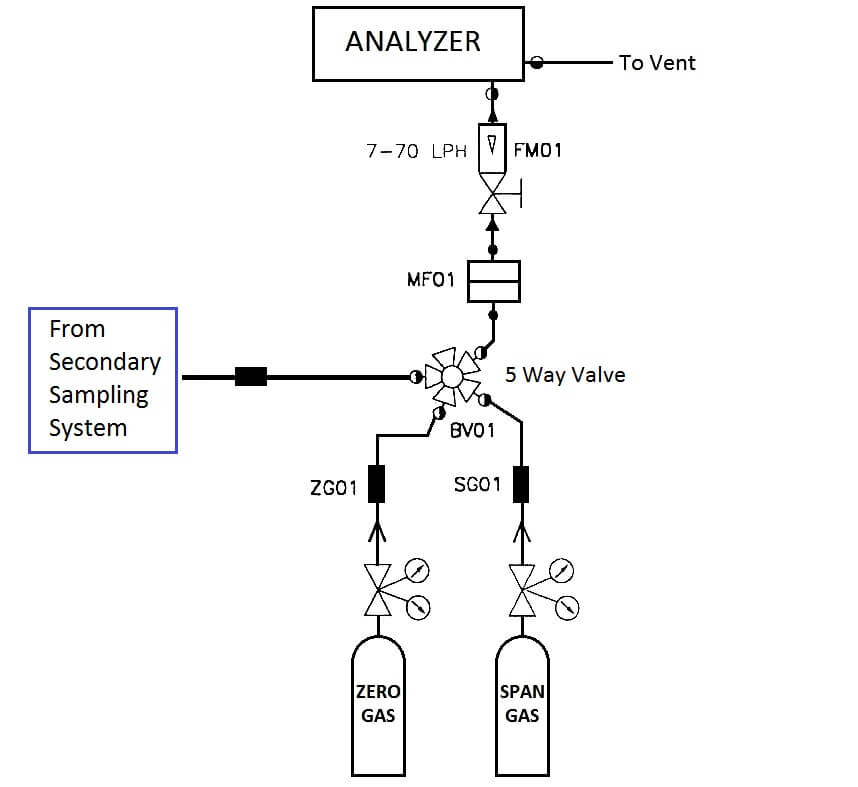
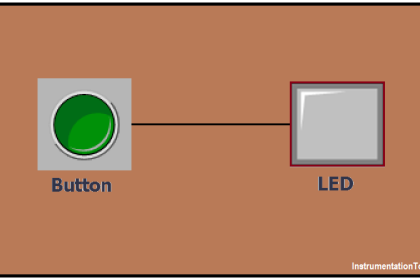
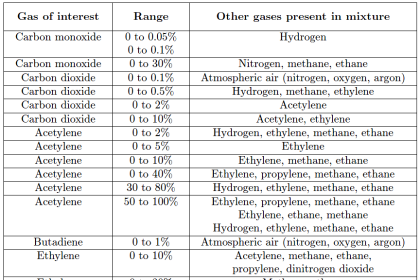

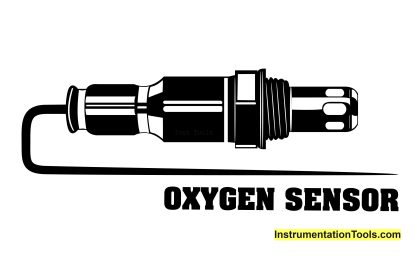
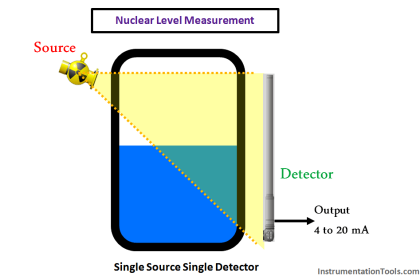
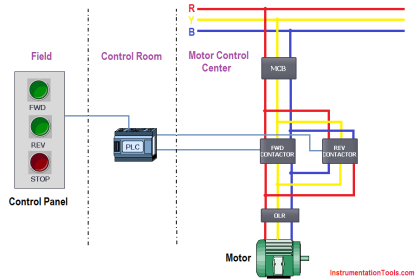
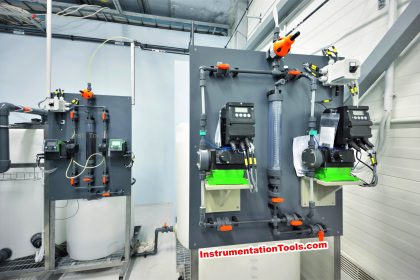
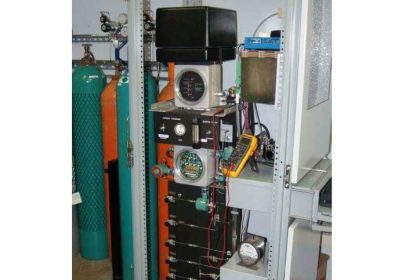
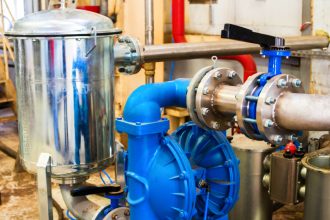
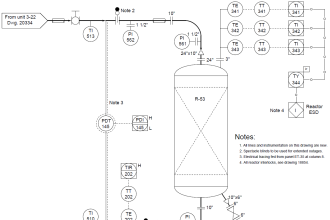
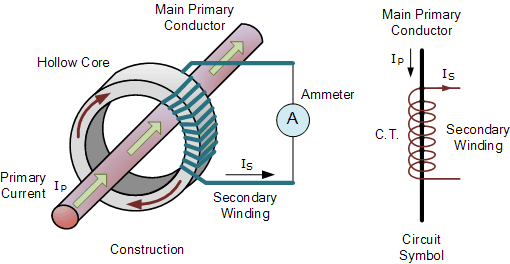
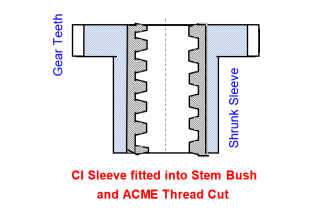
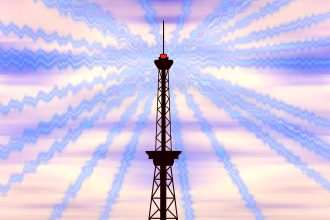
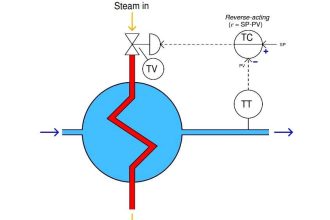
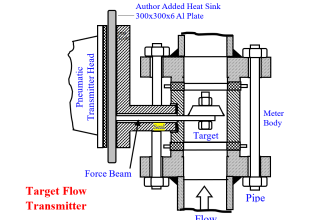


Excelent article, congrats!